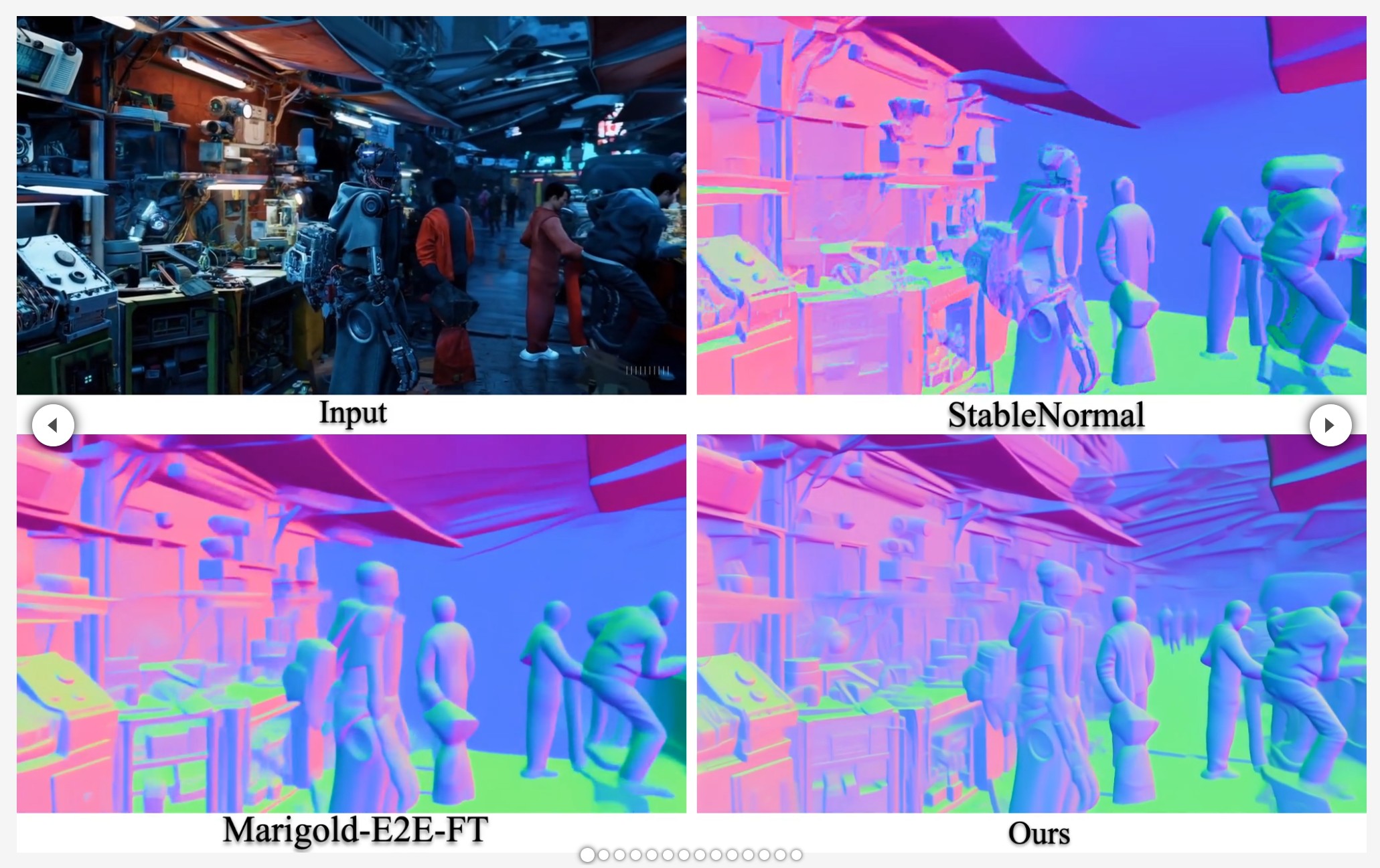BREAKING NEWS
LATEST POSTS
-
How the slow down in the Chinese economy will affect housing as much as high tech
edition.cnn.com/2019/01/03/perspectives/apple-china-warning/index.html
China’s economic vulnerability is based on its very unbalanced growth model. In other advanced economies such as the United States, spending by consumers contributes as much as two-thirds or more of overall GDP. In China, consumption has risen from 35% 10 years ago, but it is still not near 60% of GDP, indicating an unbalanced economy that places emphasis on exports and investment, both of which, in the long run, are not sustainable.
Investment in infrastructure and heavy construction (around the world) turbo-boosted China’s economy in 2008 and for the next five years, but it issued a tremendous amount of debt to support such growth. Currently, the debt-to-GDP ratio for China stands at an alarming 250% of GDP, an unsustainable number and one that presents formidable challenge to China’s economic policymakers.
In the months ahead, be prepared to witness continued deterioration of the Chinese economy. This will be reflected in declining asset values such as real estate and equity markets, distressed corporate balance sheets and corporate assets, increased capital flight as a result of a declining Yuan relative to the US dollar, and growing stress within China’s financial sector as non-performing loans accelerate within the banking sector.
FEATURED POSTS
-
GretagMacbeth Color Checker Numeric Values and Middle Gray
The human eye perceives half scene brightness not as the linear 50% of the present energy (linear nature values) but as 18% of the overall brightness. We are biased to perceive more information in the dark and contrast areas. A Macbeth chart helps with calibrating back into a photographic capture into this “human perspective” of the world.
https://en.wikipedia.org/wiki/Middle_gray
In photography, painting, and other visual arts, middle gray or middle grey is a tone that is perceptually about halfway between black and white on a lightness scale in photography and printing, it is typically defined as 18% reflectance in visible light

Light meters, cameras, and pictures are often calibrated using an 18% gray card[4][5][6] or a color reference card such as a ColorChecker. On the assumption that 18% is similar to the average reflectance of a scene, a grey card can be used to estimate the required exposure of the film.
https://en.wikipedia.org/wiki/ColorChecker
(more…)







